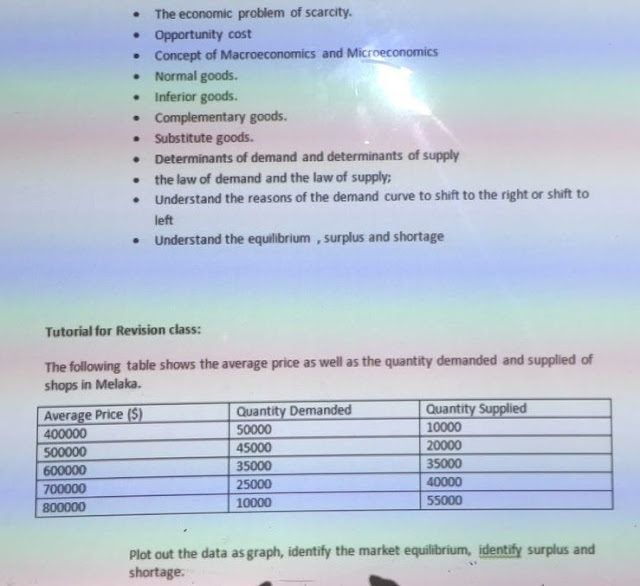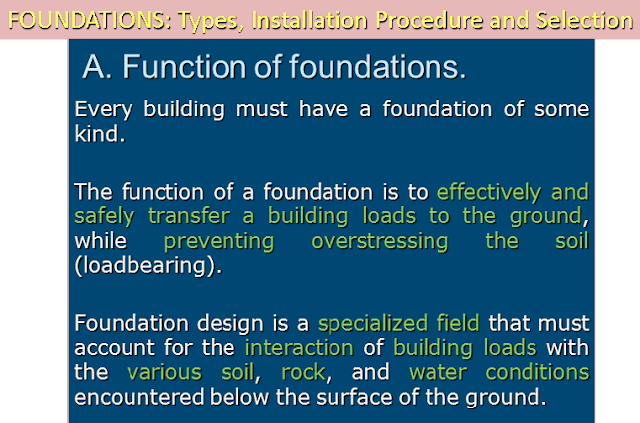01 July 2016, 9am, Friday. English : Individual Presentation Session & Assignment Briefting
Speech Structure
1. Introduction
- the attention getter drew the audience into the speech
- the speaker stated the topic and why it was important to listen
- the preview was concise list of the main points
- the speaker flowed well from one main point to the next with help transitions
- the speaker transitioned to the conclusion smoothly
- the summary listed all the main points in the same order as discussed in the body
- the summary included the important ideas and concepts the speaker wanted the listeners to listners to remember.
- the final remark left me thinking about the speaker's topic and or brought the speech to full closure
- the speaker's movements and posture showed confidence and comfort
- the speaker's fcial expressions were alive and appeared natural
- the speaker maintined eye contact with the entire audience
- the speaker's voice was dynamic, showing enthusiamsm
- the speaker's spoke extemporaneously ( prepared and practiced but not memorized )
- the speaker spoke in the required time frame
Remark : Can use the slide for presentation.
Writing Structure
Words : 500 words
Font : Times New Roman
Size : 12
Spacing : 1.5
Due Date : by 19 August 2016








































































































0 comments: